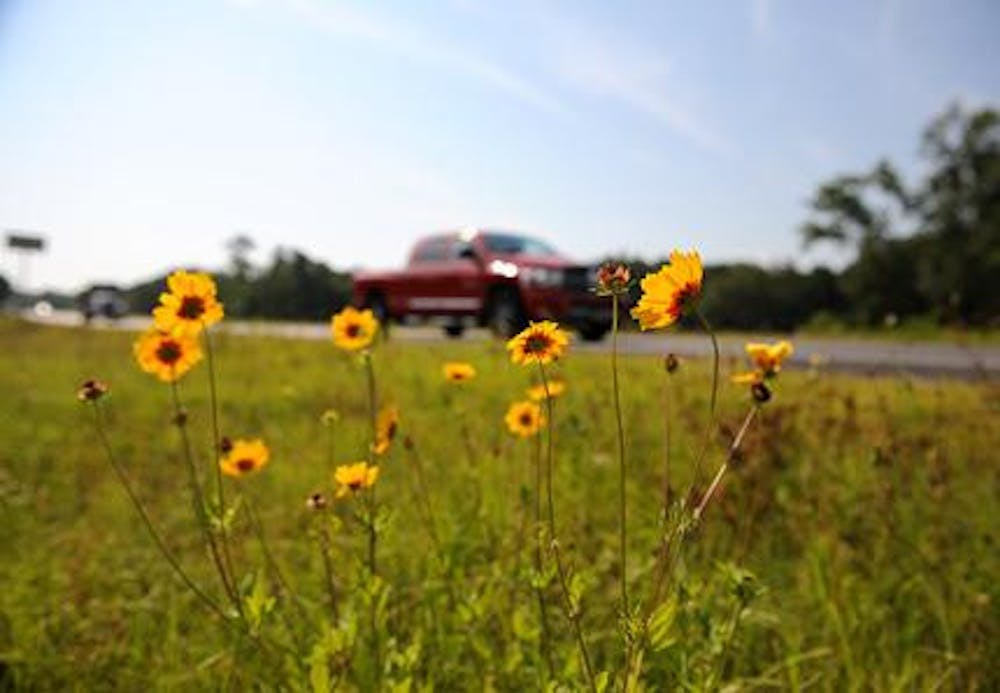Motorists may notice more fiery-red Indian Paintbrush, golden Tickseed, multitoned Phlox and several other species of wildflowers along Florida's roads and highways.
This season is yielding large quantities of wildflowers for several reasons, including weather and better mowing practices, said Gina Busscher, the Department of Transportation's public information director for the 2nd District.
The combination of winter rains and late spring cold snaps helped delay the blooms and increase the yield, though the bloom period may be cut short without more rain, she said.
Additionally, better mowing practices by contractors may account for increases in wildflowers, especially along roads. The department contracts out most of the mowing along roadways and has been training contractors to avoid cutting flowers before they produce seeds.
"They can't go to bloom if you cut them off too early," Busscher said.
Though the program, which has been planting in the area for about 25 years, is primarily aesthetic in nature, it does save the department from contracting at least one mowing cycle, she said.
The 2nd District, which includes Alachua and 17 other counties, receives about 940 pounds of seed from Tallahassee annually as part of the state's beautification plan, costing anywhere between $30 and $50 per pound, according to Busscher.
Walter Judd, a botany professor at UF, is skeptical of the benefits of the program.
"I'm not convinced we're seeing an increase in wildflowers," said Judd, making a distinction between the department's roadside seeding and naturally occurring flowers.
Judd is concerned that people are becoming too complacent when they see the department's work and said he fears a continuing decrease in naturally occurring wildflower populations due to human involvement and decreases in pollinator populations.
Additionally, the importing of seeds from other states concerns Judd.
"Sometimes the genotypes might not match the genotypes of the ones in Florida," he said. "It is having an impact on the genetic diversity in the environment."
According to Busscher, most of the wildflowers that the state is planting are native perennials, eliminating the need to seed or plant over the same areas annually.
The majority of the seeds purchased was state wildflower, Coreopsis or Tickseed, which can be seen along Interstate 75 south of Newberry Road together with another of the heavily planted species, Phlox, she said.
On Friday, the state allocated $20,000 more for highway beautification grants, which includes the wildflower planting program, than last year when the 2009-2010 budget was passed.






